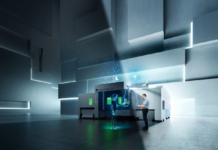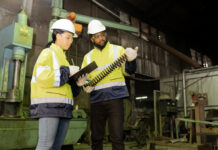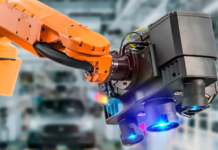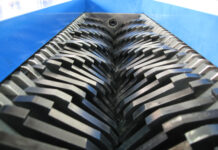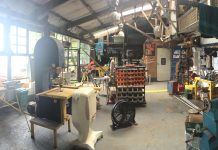
Over time, the quality of user experience on mobile phones, computers and even for designers of consumer technology, but can the same be said for industrial automation? Here Jonathan Wilkins, marketing director of industrial automation components supplier European Automation examines how industrial equipment is evolving to keep up with user expectations.
For many industrial projects, implementing user-friendly Human Machine Interfaces (HMIs) is essential. Put simply, a HMI is the interface that makes human-to-machine communication and vice versa, possible. Aside from translating complex data into understandable information for the user, a HMI can also relay user commands back to machinery. Typically, HMIs are computerized and use an interactive display screen to show operator messages, variable program data and system information.
 The future of HMIs
The future of HMIs
‘HMI 4.0’ is the term coined by a consortium led by the Fraunhofer Institute for Labor Economics and Organization (Fraunhofer IAO) to describe a new generation of HMIs. HMI 4.0 has been dubbed as the future trend in human-machine interaction. The HMI 4.0 study identifies and examines fields of action for improving human-to-machine communication by focusing on the integration of social media, interaction and recognition technologies.
”In the future, the meaning of HMIs will go over and beyond pure monitoring and operation,” explained Dr. Matthias Peissner, project manager at Fraunhofer IAO, “HMIs will also become a platform for the team where cooperative decisions, knowledge building and problem solving can take place.”
Generally speaking, the key objective of a HMI is to produce a user interface which is easy, efficient and enjoyable to use, but HMI 4.0 believes that devices should be evolving beyond this. Over the past decade, we’ve seen HMI screens get bigger, gain resolution and incorporate color. Alongside this, user expectations for wireless connectivity and touch screens have impacted the design standards for modern HMIs.
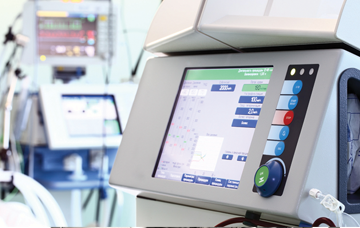 But this doesn’t mean that older HMIs are rendered useless. In fact, many organizations rely on older, used or even obsolete HMIs to keep operations up and running, especially those who can’t afford costly production downtime or expensive system upgrades. HMIs manufacturers are almost constantly developing new devices in order to keep up with the rapid advancements of industrial technology. As a result, HMIs of just a few years old can be discontinued by the manufacturer.
But this doesn’t mean that older HMIs are rendered useless. In fact, many organizations rely on older, used or even obsolete HMIs to keep operations up and running, especially those who can’t afford costly production downtime or expensive system upgrades. HMIs manufacturers are almost constantly developing new devices in order to keep up with the rapid advancements of industrial technology. As a result, HMIs of just a few years old can be discontinued by the manufacturer.
This is where Eco Obsolete Technology (EOT) comes in. EOT describes technology that is no longer in production by the original equipment manufacturer (OEM), but is still energy efficient, so it can still be used in industrial settings. EOT can refer to older generations of HMIs, programmable logic controllers (PLCs), drives, motors, CNC machines and so on. It’s important to at least consider the option of replacing an obsolete HMI with an identical one, should it break down, especially if it was energy efficient and if the staff who use it on a regular basis were happy with it. Not only will it save you parts, but sometimes, when it comes to user experience, the biggest enemy is change.
The thought of downgrading back to numeric messaging, dial up internet and tiny television screens would fill most modern consumers with dread. As technology has evolved, our user expectations have been elevated. The next generation of engineers will have grown up with iPads, smartphones and wireless connectivity in their homes and classrooms and subsequently, will expect the same in the workplace. EOT gives manufacturers the opportunity to keep up with these advancements in technology, without the cost implications of commissioning a brand new device.

